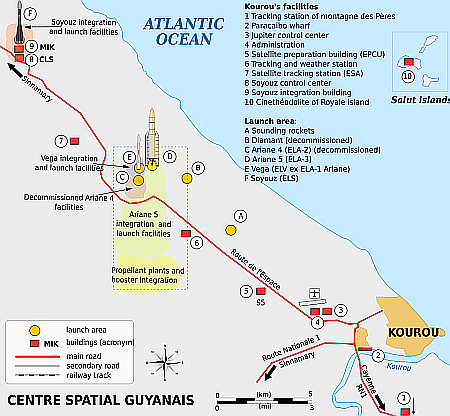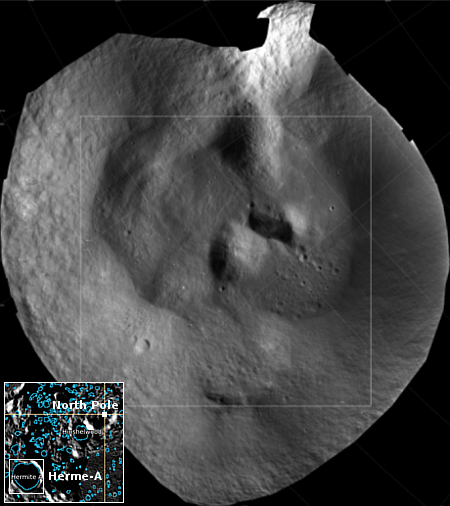Nozzle blows off of Northrop Grumman SLS solid rocket booster during static fire test
During a static fire test of a new upgraded strap-on solid-fueled booster to be used on the second version of NASA’s SLS rocket, it appears the nozzle broke off near the end of the test.
I have embedded the video below.
This failure is not good for getting the upgraded version of SLS built, dubbed Block 2. Block 1 has flown once unmanned, and is planned for the next two manned missions. Block 2 would be for further manned missions beyond that. The Trump administration has proposed cancelling it, ending SLS after those two Block 1 flights. Senator Ted Cruz (R-Texas) has instead introduced a bill that would save it in order to fly two Block 2 SLS manned missions.
This failure is definitely going to delay and add cost to Block 2 development, a program that is already over budget many times over and a decade-plus behind schedule. These additional delays and cost overruns are not going to help it politically. It justifies the Trump administration’s desire to cancel it.
Moreover, this nozzle failure suggests a very fundamental design problem. Northrop Grumman, which built and was testing this booster, also builds the solid-fueled strap-on boosters used on ULA’s Vulcan rocket, which had a similar nozzle failure during Vulcan’s second launch in October last year. Both Northrop Grumman and ULA have said they had identified and fixed the cause of that failure, and the military has certified it for operational launches, but nonetheless Vulcan still remains sidelined, more than eight months later.
I suspect ULA is going to have to do more testing of the Northrop Grumman Vulcan side boosters before its next Vulcan launch, delaying that rocket further.
» Read more
During a static fire test of a new upgraded strap-on solid-fueled booster to be used on the second version of NASA’s SLS rocket, it appears the nozzle broke off near the end of the test.
I have embedded the video below.
This failure is not good for getting the upgraded version of SLS built, dubbed Block 2. Block 1 has flown once unmanned, and is planned for the next two manned missions. Block 2 would be for further manned missions beyond that. The Trump administration has proposed cancelling it, ending SLS after those two Block 1 flights. Senator Ted Cruz (R-Texas) has instead introduced a bill that would save it in order to fly two Block 2 SLS manned missions.
This failure is definitely going to delay and add cost to Block 2 development, a program that is already over budget many times over and a decade-plus behind schedule. These additional delays and cost overruns are not going to help it politically. It justifies the Trump administration’s desire to cancel it.
Moreover, this nozzle failure suggests a very fundamental design problem. Northrop Grumman, which built and was testing this booster, also builds the solid-fueled strap-on boosters used on ULA’s Vulcan rocket, which had a similar nozzle failure during Vulcan’s second launch in October last year. Both Northrop Grumman and ULA have said they had identified and fixed the cause of that failure, and the military has certified it for operational launches, but nonetheless Vulcan still remains sidelined, more than eight months later.
I suspect ULA is going to have to do more testing of the Northrop Grumman Vulcan side boosters before its next Vulcan launch, delaying that rocket further.
» Read more








